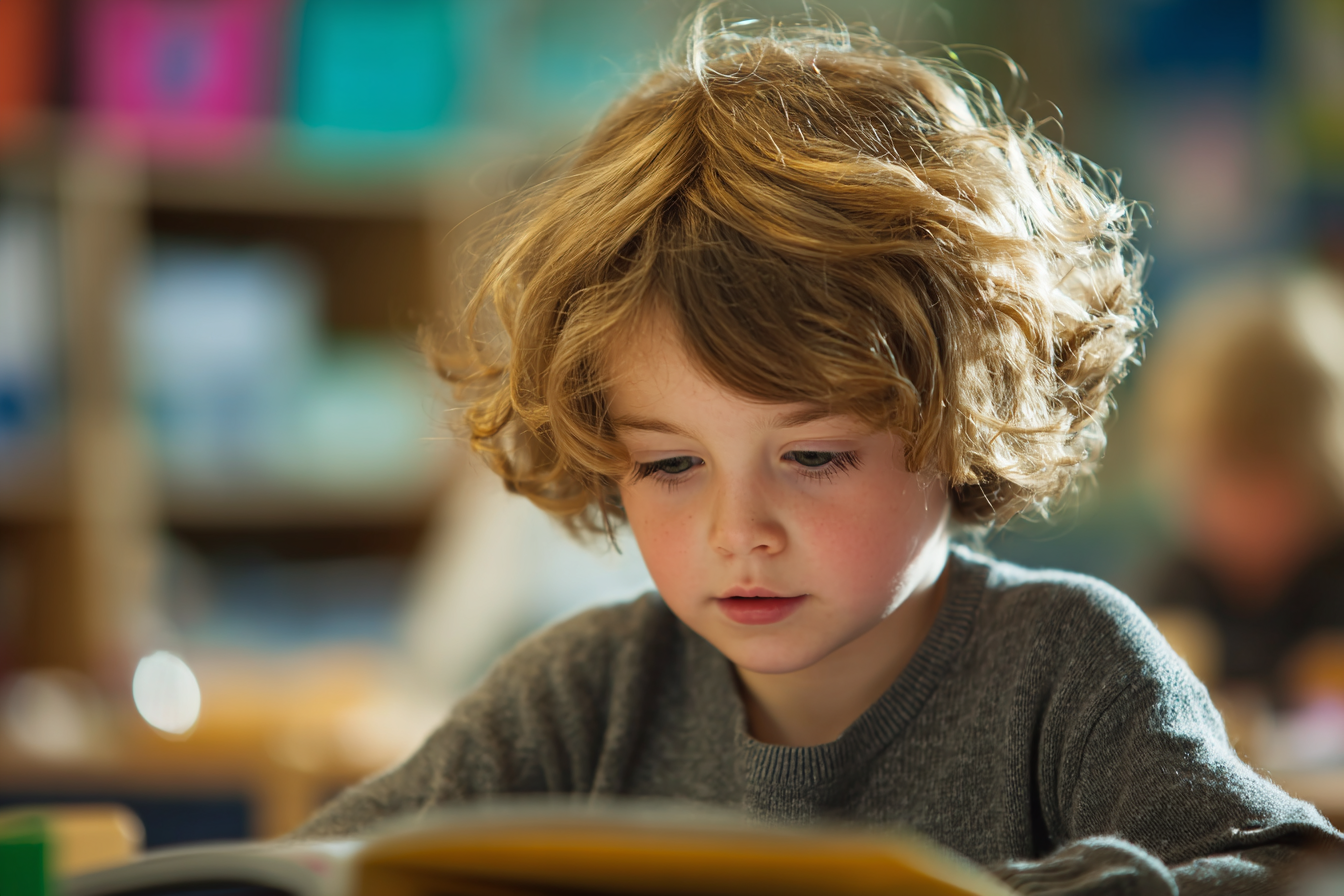Unit Plan 3 (Grade K ELA): Characters, Settings, and Major Events
Kindergarten story comprehension unit: students describe who, where, and what happened in a story using pictures and words, label key events, and use illustration clues to explain their thinking.

Focus: Describing who/where/what happened using words + pictures
Grade Level: Kindergarten
Subject Area: English Language Arts (Reading Literature • Language • Speaking/Listening)
Total Unit Duration: 5 sessions (one week), 45–60 minutes per session
I. Introduction
This week builds story-understanding muscles. Students learn to name characters (who), settings (where), and major events (what happened) using words + pictures. They will point to illustration clues, use a shared word bank to speak in simple sentences, and create a quick draw–label retell that captures a key event.
II. Objectives and Standards
Learning Objectives — Students will be able to…
- Identify and describe characters and settings in a familiar story (RL.K.3).
- Describe major events (what happened) and support with picture clues (RL.K.3; RL.K.7).
- Use illustrations to explain who/where/what happened (RL.K.7).
- Use and add topic-appropriate words (names, setting words, action words) when speaking and labeling (L.K.6).
Standards Alignment — CCSS Kindergarten
- RL.K.3 With prompting and support, identify characters, settings, and major events in a story.
- RL.K.7 With prompting and support, describe the relationship between illustrations and the story (e.g., what moment an illustration depicts).
- L.K.6 Use words and phrases acquired through conversations, reading, being read to, and responding to texts.
Success Criteria — student language
- I can tell who the story is about, where it happens, and what happened.
- I can point to a picture that proves my idea.
- I can use a story word from the word bank in a sentence or label.
- I can draw and label one big event from the story.
